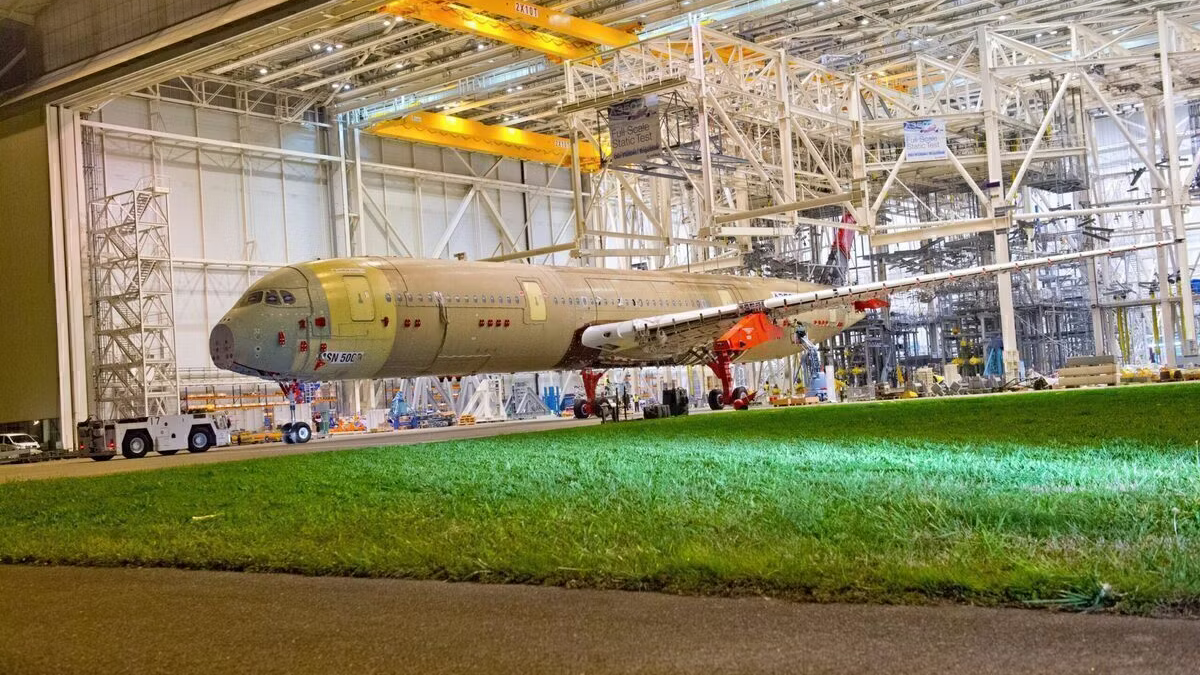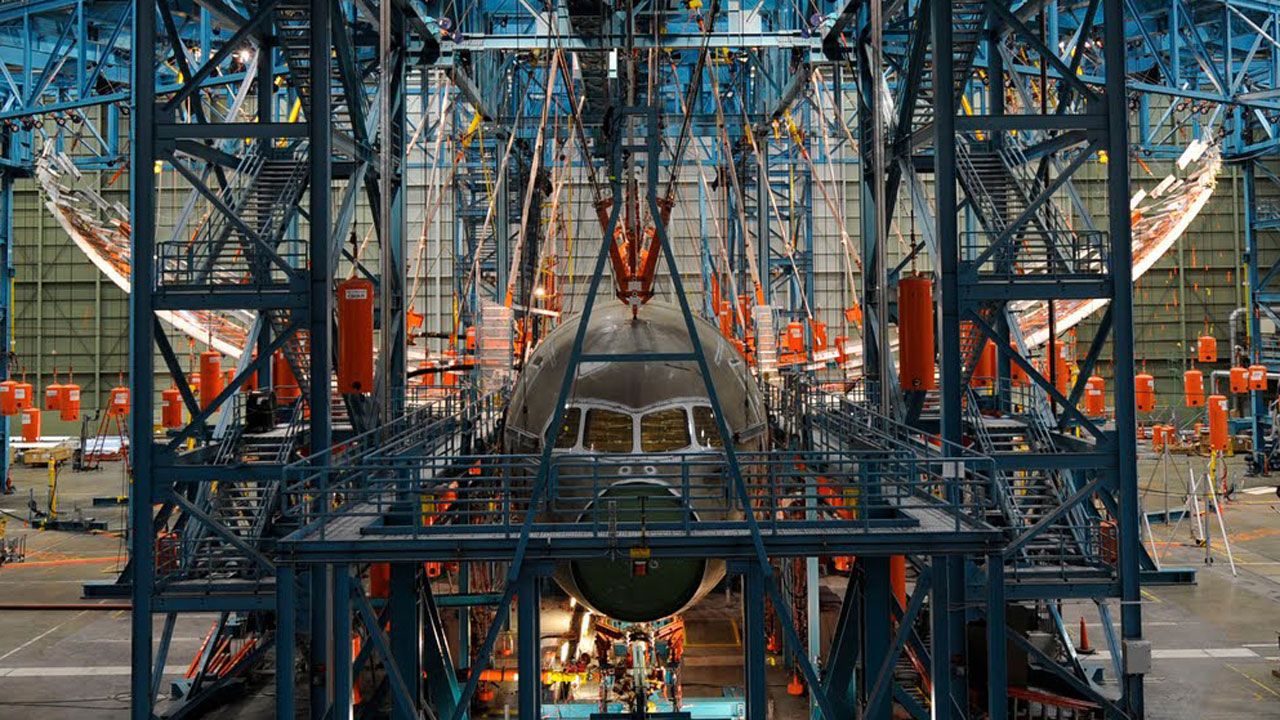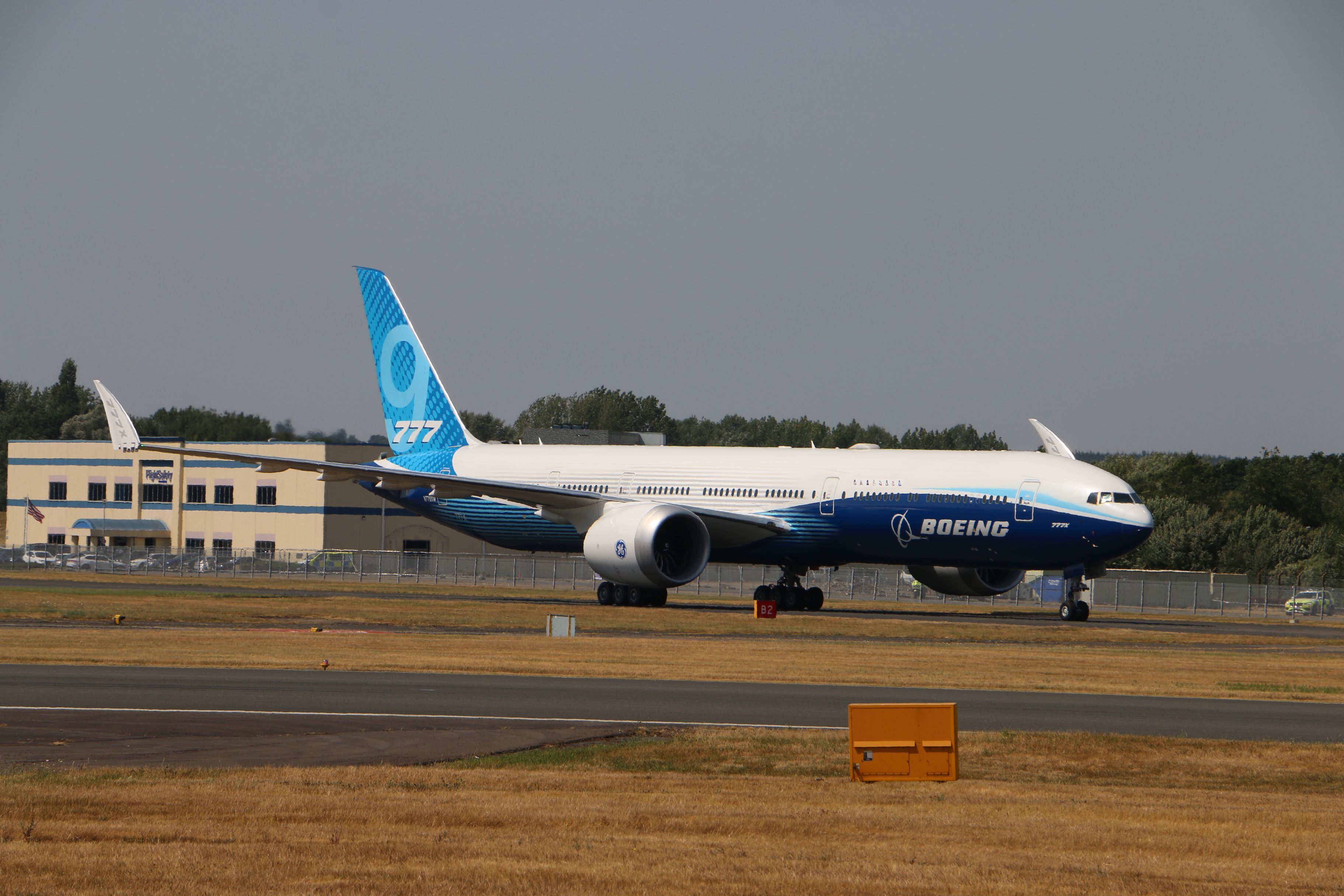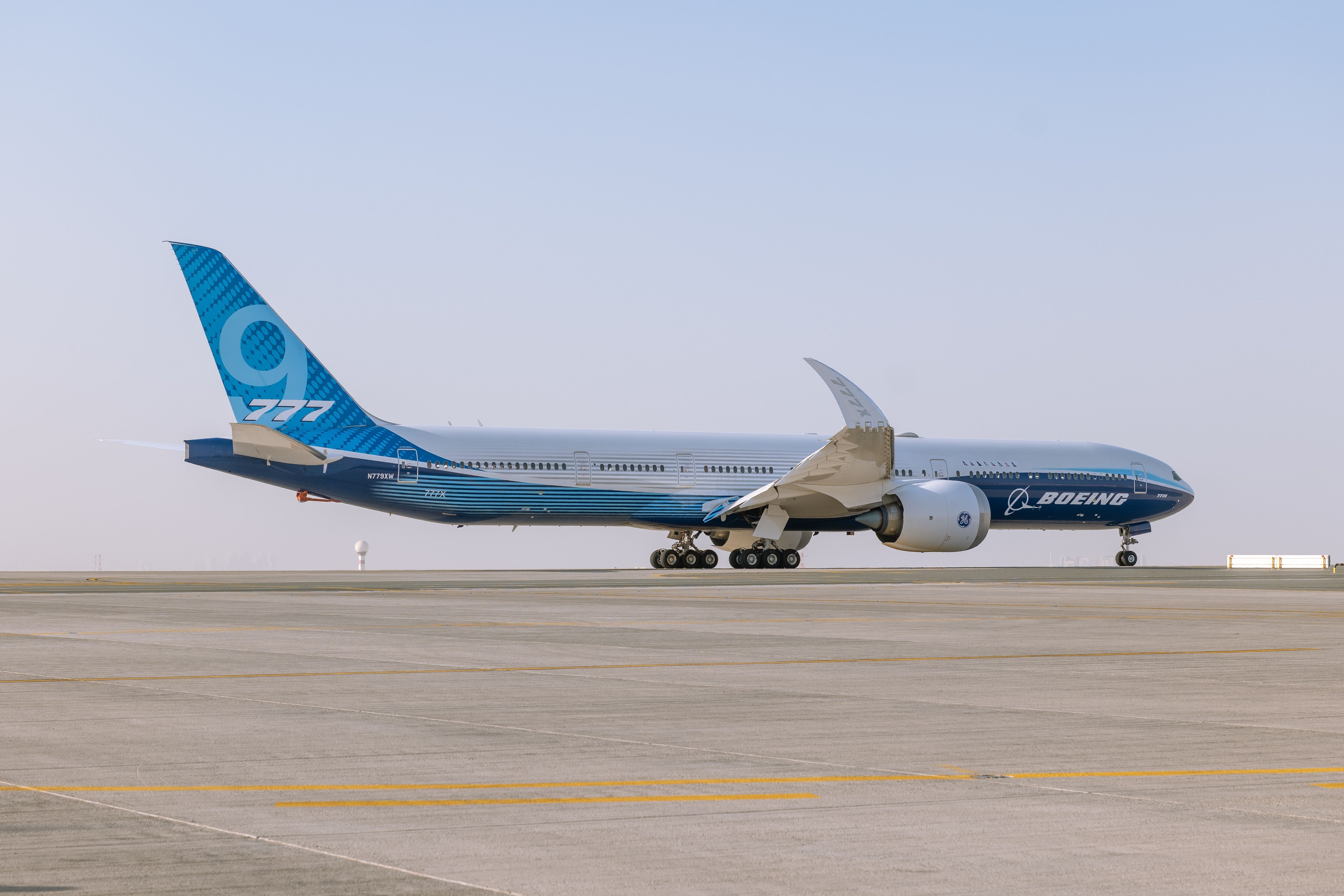Summary
- Static testing allows engineers to analyze an aircraft's structural integrity on the ground.
- Manufacturers push the aircraft beyond its operating range during static testing to ensure it has a safety net for typical operations.
- Static testing is advantageous for several key reasons.
Aircraft must undergo rigorous testing before obtaining commercial flight certification. Test flights represent one of the more conspicuous aspects of these procedures and generate massive interest among avgeeks and the media. However, testing that goes on on the ground plays an equally important role, even if this aspect is less visible to the public. Let's explore the world of static testing.
What is static testing?
Static testing allows engineers to analyze an aircraft's structural integrity without leaving the ground. This is a valuable part of the testing process that helps speed up certification since it does not require a completed and fully functional aircraft. Indeed, as seen in the title image above, Airbus undertook static tests on a basic airframe for its A350 XWB, which lacks components such as engines.
So, what do manufacturers look to achieve with static testing? Ultimately, these procedures aim to replicate the forces that the aircraft will be subjected to once it does take to the skies. Engineers do so by applying forces to areas such as the aircraft's wings, fuselage, and tail.
Get the latest aviation news straight to your inbox: Sign up for our newsletters today.
However, planemakers aren't just testing flight conditions; they usually push the aircraft bar beyond its operating range. This ensures that, if the aircraft can withstand such abnormal pressure, it will have a sizeable 'safety net' regarding its typical operations. The tests simulate the aircraft's responses to different forces in flight, providing engineers with information before it takes to the skies. Below is a look at Airbus' static wing test for the A350, showing just how much the wings can flex if forced.
Other advantages of static testing
Static testing is helpful because it allows engineers and designers to test the plane's resilience on the ground before it takes off, ensuring it can find faults before things go wrong. It also has a financial benefit for manufacturers, as writing off a test airframe will represent a smaller financial loss than a completed and fully functional aircraft, as Boeing found out in 2019.
These tests are also far less expensive to run than airborne ones and require fewer regulatory permissions since the risks of failure are lower. However, the inability to replicate exact flying conditions means these tests are restricted to checking structural integrity more than anything else, though an essential step on the road to certification.
When static testing goes wrong
In September 2019, reports emerged that the door of a Boeing 777X test airframe was blown off during static testing. Thankfully, there were no injuries as a result, although Boeing was forced to temporarily halt testing nonetheless. However, it was later revealed that the damage during testing was far greater than just a cargo door ripping off. During the static test, which saw the wings flexed and the fuselage forced down, an explosive decompression ruptured the center fuselage behind the landing gear and wing, per The Seattle Times.
Despite the shocking descriptions, the incident occurred when the pressure was at 1.48 times the maximum load that the aircraft would typically experience inflight. This was just shy of the FAA target of 1.5, which must be held for three seconds, a test the original 777 and 787 both passed. However, given how close Boeing got, it will not require a retest and instead just reinforce the weakest section that yielded during the test. Planes will never experience such forces during a flight, making the risk negligible.
In any case, it is far better that the incident occurred on the ground rather than in flight, which could have had potentially disastrous consequences. Boeing was forced to write off this fuselage but successfully made its first test flight in March 2020, giving the world a view of the 777-9. The plane has since completed scores of test flights and moved on to more advanced testing, such as cold soak testing, in anticipation of final certification and delivery in early 2025.
Were you aware of what static testing entailed? Perhaps you've seen a static test aircraft in person? Let us know your thoughts and experiences in the comments.
Source: The Seattle Times




